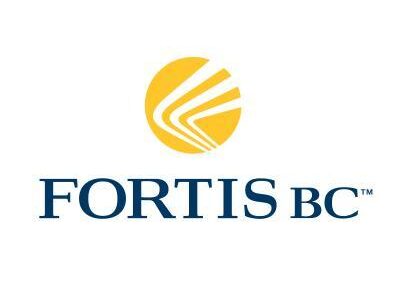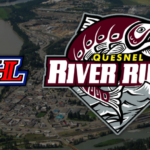LETTER: Paving trails not the best choice for many reasons
To the Editor;
I am writing to voice my opposition and conerns with the application under the Ministry’s Community Recreation program by the RDKB Area D Regional Director to pave the Trans Canada Trail between Grand Forks and Christina Lake.
My reasons are these:
1. A good percentage of the trail lies within the City of Grand Forks.
– Grand Forks is on record as saying that they are falling 30% short of their municipal commitment to meet provincial targets for greenhouse gas emissions reduction. They will need to buy carbon offsets.
– Under the newly passed Community Sustainability Plan in 2011, the City states at Section 6 entitled Protect The Natural Environment: Encourage and promote the implementation of B.C. Climate Action Charter in order to reduce greenhouse gas emissions and protect the natural environment. Asphalt trail paving is not sustainable.
– Under Imagine Grand Forks in 2010, the City voting unanimously and enthusiastically to raise the yardstick for a sustainable, healthy future.
2. A large percentage of the trail lies within Area C of the Regional Distric of the Kootenay Boundary (RDKB) and it is my understanding that the Regional Director for Area C is opposed to this proposal.
3. The regional marketing plan for tourism is endeavouring to market this wonderful region to international and urban travellers who are in search of natural settings not suburban asphalt encroaching into the wilderness. This region has something very special to offer and not just more of the same.
4. Asphalt paving for a six foot wide trail requires between two and four inches of asphalt which requires one ton of asphalt for every 7.5 to 15 feet. The distance between Grand Forks and Christina Lake is a minimum of 13 miles or 68,640 feet which would require up to 9152 tons of asphalt for that distance.
5. In order to control encroaching weeds from permeating the asphalt, the logical next step would be the use of herbicides along the corridor.
6. The RDKB is currently steering a study of the Kettle River and its watershed because of its desperate ailing habitat. The trail in question runs within a stone’s throw of most of the river between Grand forks and Christina Lake.
7. Paving the surface of the trail precludes other users such as horseback riders.
8. Thin pavement will not withstand crossings by vehicles nor frost heave and in time chunks of asphalt will find their way into the protected grasslands.
Many major cities and communitioes throughout north America have been examining alternative ways of treating the surface of trails and major research and development has been make tremendous advances. Communities and its citizens everywhere are demanding a higher environmental awareness.
Below are some of the articles available online which show alternative methods of treating surfaces of trails if indeed a trail requires it at all. But, in any event, some things are not worth doing if they cannot be done to the highest possible standard.
Yours truly,
Jonathan Oldroyd
http://blog.midwestind.com/tag/lost-dog-wash-trailhead/
http://www.americantrails.org/photoGalleries/cool/3-ADA-Accessible-Trail-Surface.html
http://www.indiana.edu/~nca/trails/research/background/index.shtml
http://www.visitvancouver.bc.ca/metro-vancouver.html
www.cupertino.org/Modules/ShowDocument.aspx?documentid=1788 · PDF file
http://www.perviouspavement.org/
http://www.crd.bc.ca/watersheds/lid/permeable.htm
http://concretethinker.com/applications/Pervious-Paving.aspx























